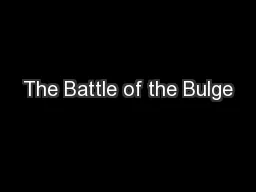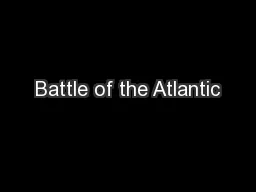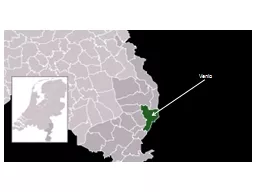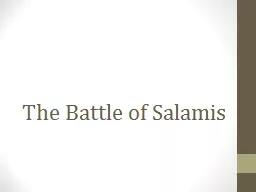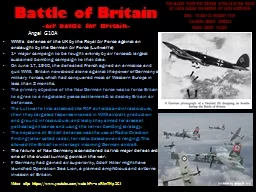PPT-The Battle of the Bulge
Author : natalia-silvester | Published Date : 2016-06-13
By Reilly Stone What was the Battle of The Bulge The Battle of the Bulge was a German offensive campaign launched through the densely forested Ardennes region
Presentation Embed Code
Download Presentation
Download Presentation The PPT/PDF document "The Battle of the Bulge" is the property of its rightful owner. Permission is granted to download and print the materials on this website for personal, non-commercial use only, and to display it on your personal computer provided you do not modify the materials and that you retain all copyright notices contained in the materials. By downloading content from our website, you accept the terms of this agreement.
The Battle of the Bulge: Transcript
Download Rules Of Document
"The Battle of the Bulge"The content belongs to its owner. You may download and print it for personal use, without modification, and keep all copyright notices. By downloading, you agree to these terms.
Related Documents

